Ten Powerful Converging Technologies
By 2030 Technologies Will Entirely Transform How You Think, Work, And Live.
1. Artificial intelligence [AI] – software algorithms that automate complex decision-making tasks to mimic human thought processes and senses will exponentially speed up every aspect of human and machine interaction. Artificial intelligence (AI) is the ability of a computer program or a machine to think and learn. It is also a field of study that deals with the development of computer systems that can perform tasks that normally require human intelligence such as visual perception, natural language understanding, and decision-making. There are different types of AI Technologies but some of the most common are machine learning, deep learning, and natural language processing. AI is the combination of algorithms used for the purpose of creating intelligent machines. Artificial intelligence (AI) is being used more and more in a variety of industries from retail to healthcare. Its applications are vast and varied but some of the most common uses for AI include chatbots virtual assistants, predictive analytics, and targeted marketing. In future Technologies, AI will only become more ubiquitous and integrated into our everyday lives.

2. Augmented reality [AR] – a visual or audio “overlay” on the physical world that uses contextualized digital information to augment the user’s real-world view.
AR is used to inform and amplify your interaction with all aspects of your everyday life, work, and travel. Augmented Reality Will Make Us Superhuman!
You will turn your gaze on almost anything in your surroundings, squint thoughtfully, and immediately view informational content about the object or activity of focus. Here’s Why Apple’s New Glasses Will Change Everything: Apple Glass’s design principle is to bring all of the information from your phone to your face. Augmented reality is related to two essentially synonymous terms: mixed reality and computer-mediated reality. Augmented reality (AR) is a live direct or indirect view of a physical real-world environment whose elements are “augmented” by computer-generated perceptual information ideally across multiple sensory modalities including visual-auditory haptic somatosensory and olfactory.
3. Virtual Reality [VR] – an interface in which viewers can use special equipment to interact with a three-dimensional computer-generated simulation in realistic ways. It will transform learning and education, entertainment, medicine, and more. Virtual reality (VR) is a simulated experience that can be similar to or completely different from the real world. Virtual reality applications also include video games and education (e.g medical or military training). Other distinct types of VR-style technology include augmented reality and mixed reality sometimes referred to as extended reality or XR. AR adds digital elements to a live view often by using the camera on a smartphone. VR implies a complete immersion experience that shuts out the physical world.
4. 3D Printing – A machine that creates three-dimensional objects based on digital models by layering or “printing” successive layers of materials. 3D Will be used to designing bespoke ‘everything’ from homes to replacement body parts. 3D Printing Is Changing the World,3D printing innovations have brought massive changes in the fabrication of everything from automobile parts to human bio-tissues. The creation of a 3D printed object is achieved using additive processes. In an additive process, an object is created by successively adding material until the entire object is created. Each layer can be seen as a thinly sliced horizontal cross-section of the eventual object.
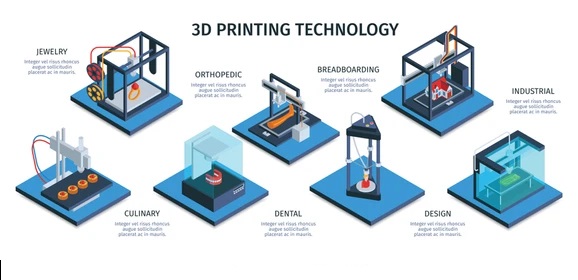
5. Internet of Things [IoT]- a network of physical objects embedded with sensors, software, network connectivity, computing capability, and able to collect, exchange, and act on data. It will minimize and simplify everyday decision-making. The Internet of Things (IoT) is a network of physical devices, vehicles, home appliances, and other items embedded with electronics software sensors and connectivity which enables these objects to connect and exchange data. Each thing is uniquely identifiable through its embedded computing system but is able to interoperate within the existing Internet infrastructure. This interconnection of devices can be used to monitor and control the environment around us. IoT is the interconnection of computing devices embedded in everyday objects, enabling them to send and receive data via the Internet. The ‘Internet of things is already starting to revolutionize our homes and workplaces with smart speakers, lights, and heating.
6. Robotics – the use of machines with enhanced sensing, control, and intelligence to automate, augment or assist human activities. It will decrease physical, manual, and basic cognitive skill jobs and transform multiple industries. Robotics is the branch of technology that deals with the design construction operation and use of robots as well as computer systems for their control of sensory feedback and information processing. These technologies deal with automated machines that can take the place of humans in dangerous environments or manufacturing processes or resemble humans in appearance behavior and/or cognition. Many of today’s robots are inspired by nature contributing to the field of bio-inspired robotics.
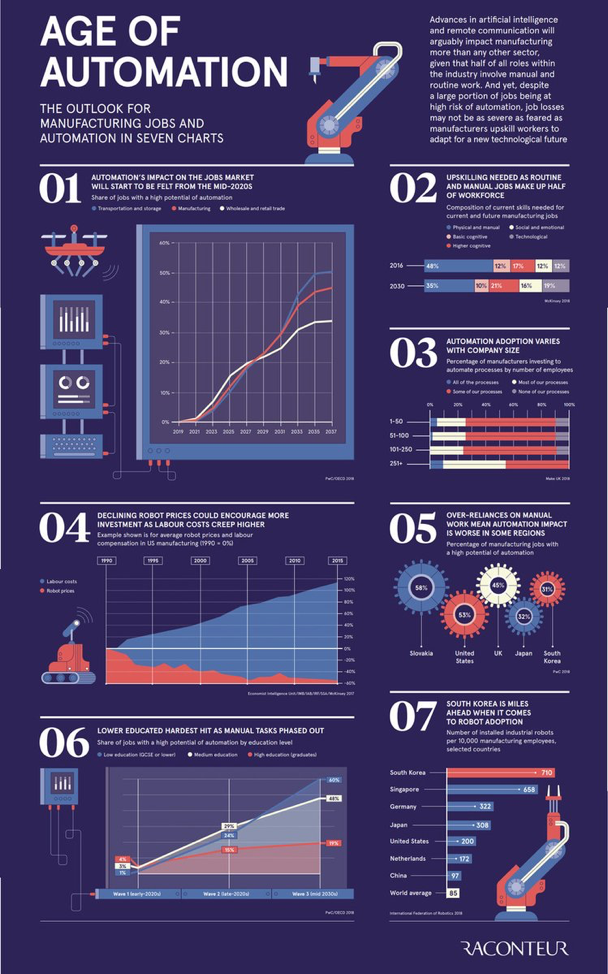
7. Quantum Computing – A new generation of technology with a type of computer 158 million times faster than the most sophisticated supercomputer.
It will do in 4 minutes what it would take a traditional supercomputer 10,000 years to accomplish. This technology holds the potential to transform medicine, create unbreakable encryption, and even teleport information, quantum technologies like simulation, sensing and metrology, and communication. Quantum computing is the use of quantum-mechanical phenomena such as superposition and entanglement to perform operations on data. A quantum computer operates on qubits which are units of quantum information. Quantum computers are different in many ways from the computers that are in use today. For example, a quantum computer can be in multiple states simultaneously whereas a classical computer can only be in one state at a time. This makes quantum computers much faster and more powerful than classical computers. Significantly, the quantum simulation will change our ability to understand and create new materials and processes
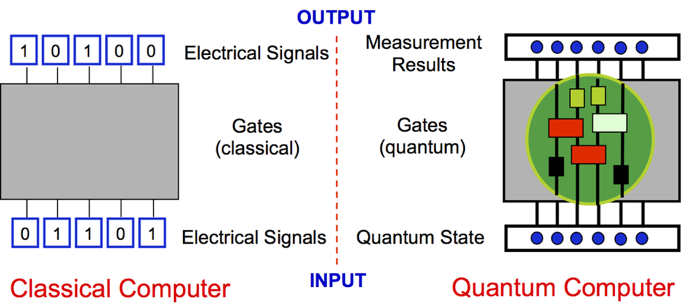
8. Gene Editing – A group of technologies that give scientists the ability to change an organism’s DNA by allowing genetic material to be added, removed, or altered at particular locations in the genome. It will extend the human life span and improve health and quality of life. Gene editing is a way of making changes to specific parts of a genome. It usually involves using enzymes to cut DNA at a precise location so that pieces of DNA can be removed, added, or replaced. Gene editing can be used to change one gene or a few genes or even an entire genome.
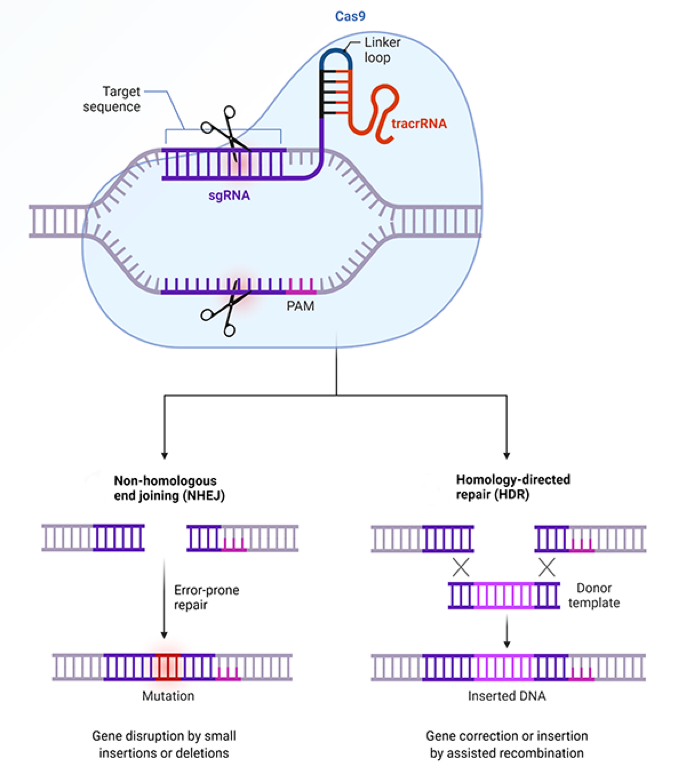
CRISPR-Cas9 allows scientists to make precise edits to DNA strands, leading to treatments for genetic diseases.
9. Materials Science – the discovery and development of new materials accelerated by the Materials Genome Initiative. It allows scientists to create new elements and better products, transforming many aspects of everyday life. Super-hydrophobic materials: A spray-on coating that repels water could have a huge range of applications from self-cleaning windows to protecting electronics from moisture. Graphene: This ultra-thin material is just one atom thick yet it’s incredibly strong and conducts electricity better than any other known material. It’s being heralded as a wonder material that could change the way we live in a wide range of ways from making better batteries to creating flexible touchscreen displays. Printable solar cells: Solar power is becoming increasingly affordable as the technology improves and costs come down. One area that’s still lagging behind however is the efficiency of solar cells. But that could all change with the development of printable solar cells that are lighter thinner and cheaper to produce than traditional solar panels. Aerogel: Aerogel is the lightest solid material in the world made from more than 90% air. It has a range of potential applications from insulating buildings to soaking up oil spills. Cactus leather: Cactus leather is a new material made from the pulp of cactus plants. It is strong and flexible making it ideal for use in clothing and accessories. Self-healing materials: Self-healing materials are a new class of materials that can repair themselves when damaged. This could have a huge impact on everything from car bodies to mobile phone screens. And so many others.
10. Blockchain Technology – A distributed digital ledger that uses software algorithms to record and confirm transactions with reliability and anonymity.
Creates the infrastructure for web3 and transforms the internet —returning power and ownership to individuals.
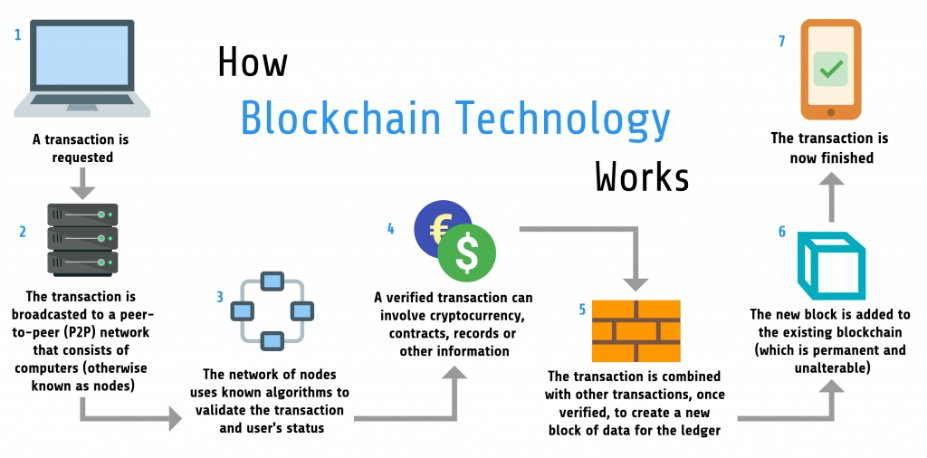
Blockchain technology allows trustless transactions so that strangers can send and receive payments without an intermediary.
By 2030, blockchain technology and web3 will have disrupted:
Art, Music, Gaming, Entertainment
Creator Economy
Social Media
Banking & Finance
Startups
Real Estate
Business and Organizations
Democratic Institutions
Social Inequities and more
By transforming digital ownership.
Energy And Technologies
Here’s my concern in all these; How about enough energy to be able to run all of these things in the future? Will it be sustainable or is there a high chance of a complex system collapse? I also think that fossil fuels are the current backbone of our societies. All these technologies are great but meaningless if we cannot deploy massively zero-emission energy tech by that time. looking at these 10 projected Technologies, one can bet funds focused on those, would be a pretty good place to grow wealth over the next 10-20 years. It Shows the value of education, innovation, entrepreneurship, and creative minds is highly valuable. Does humanity really need this much technology? One may ask; Our world is rapidly evolving, but most don’t realize how quickly change is happening. I am looking forward to the next decade! How prepared and ready are you? Or are you in circles among the few religious neuroses who believe that Technologies and AI are attributed to the end time and destruction of this world? Technology is quietly creeping in and we don’t even know it, and soon to be totally taken over. It’s time I find my interest in tech and begin to learn and master. The future is so exciting, especially in the area of chronic and terminal sicknesses, aging, and death 😀

An Entrepreneur , B.A Foreign Languages ,PGD Health and Social care Management ,American Caregiver Association (Member) ACA Certified, Leadership and Management.